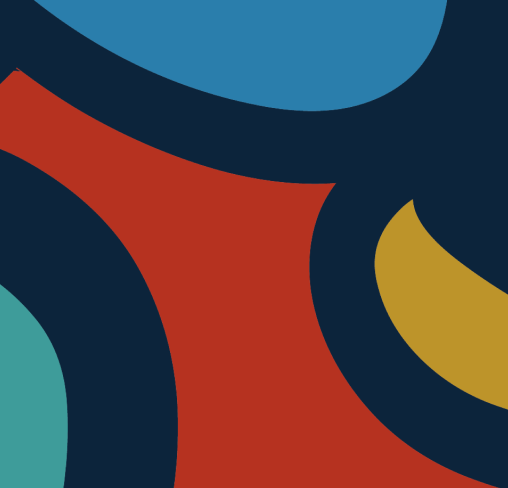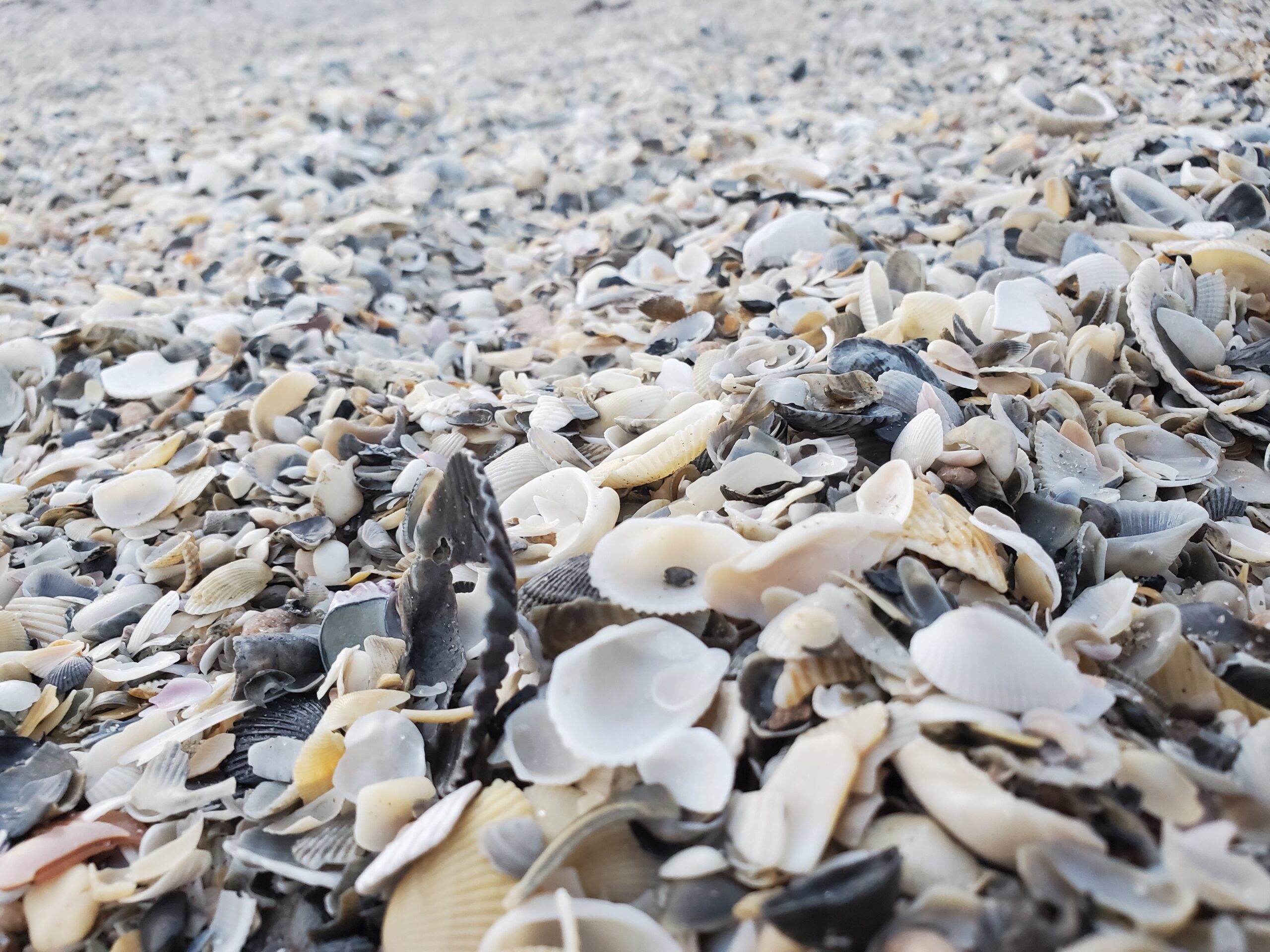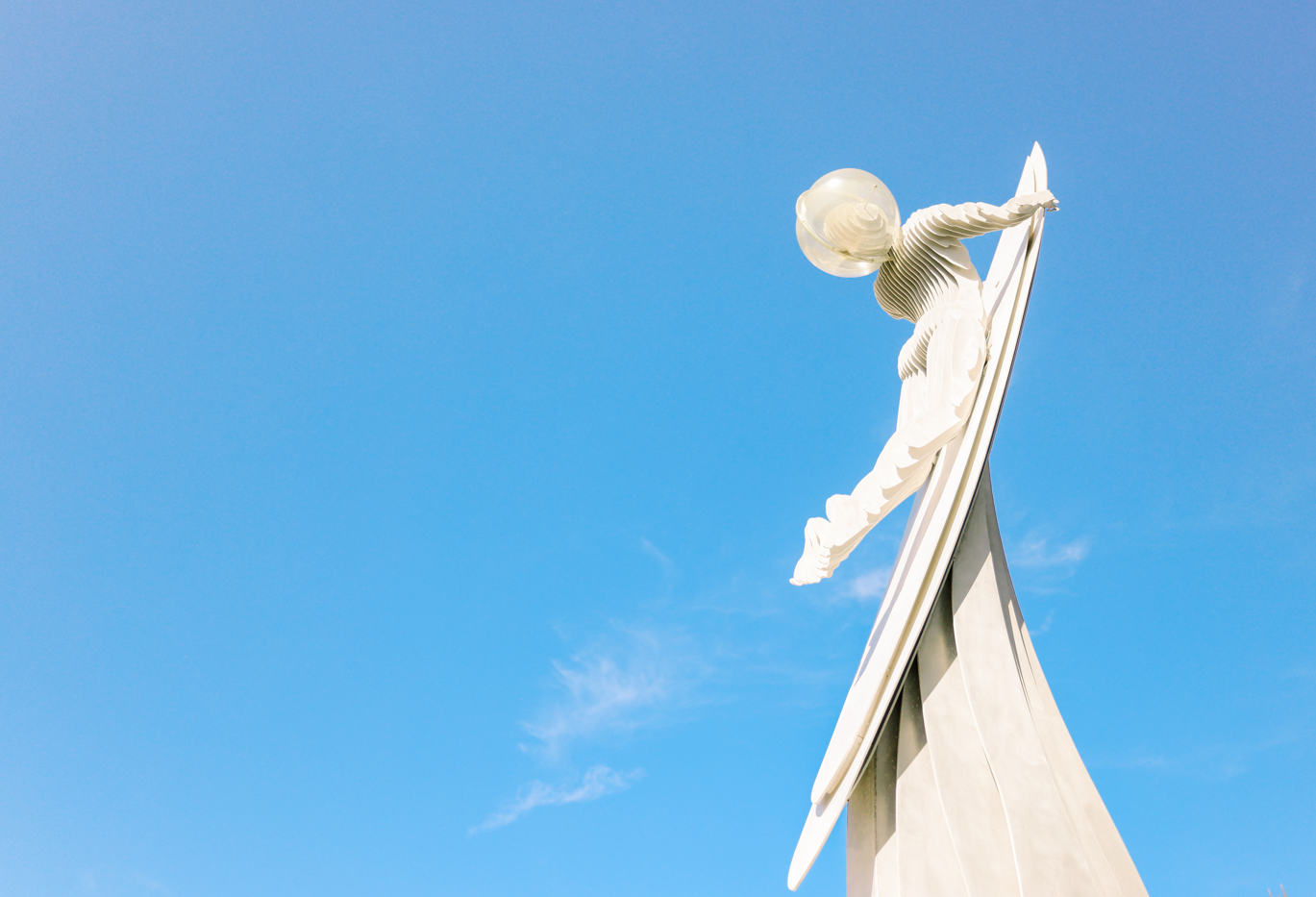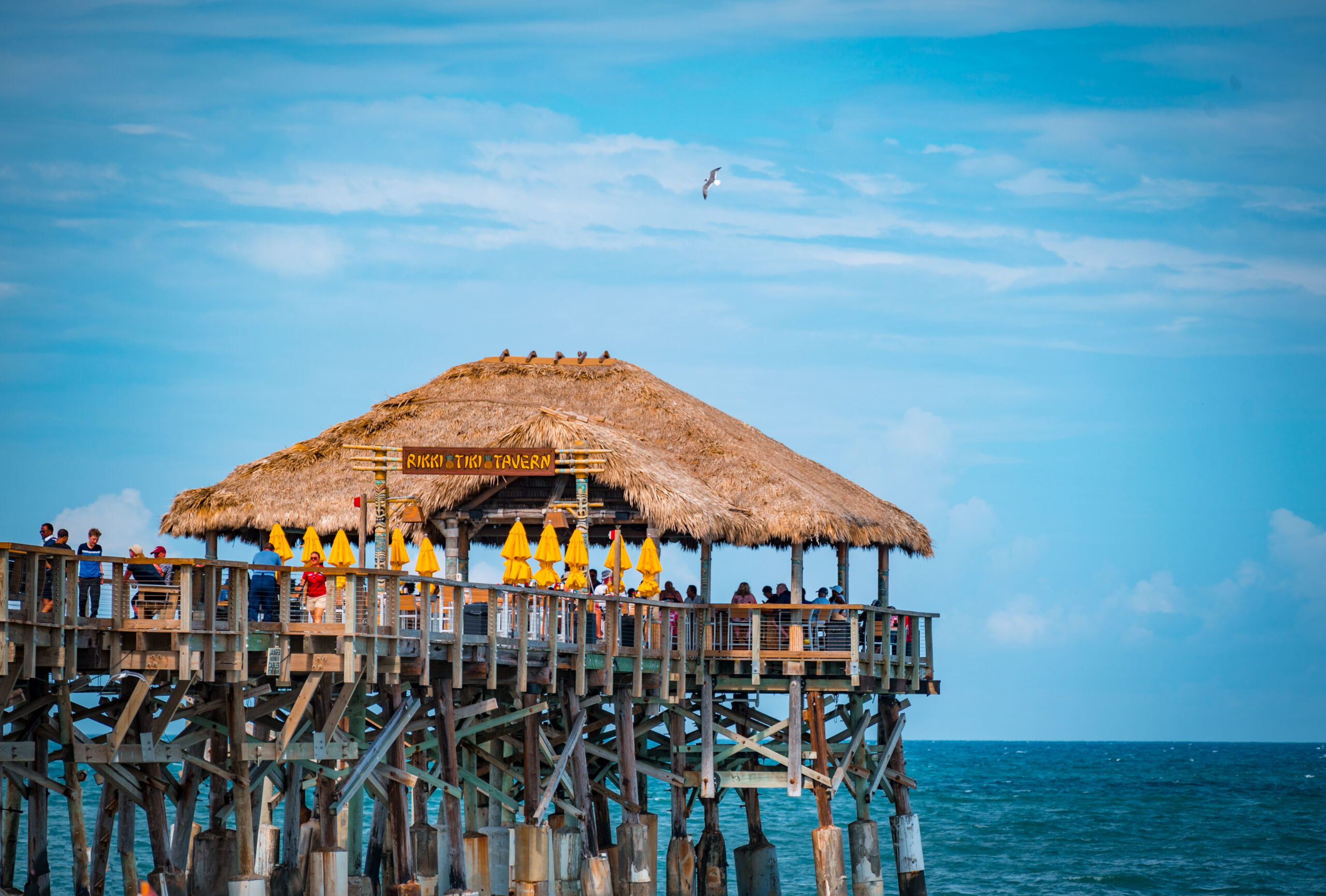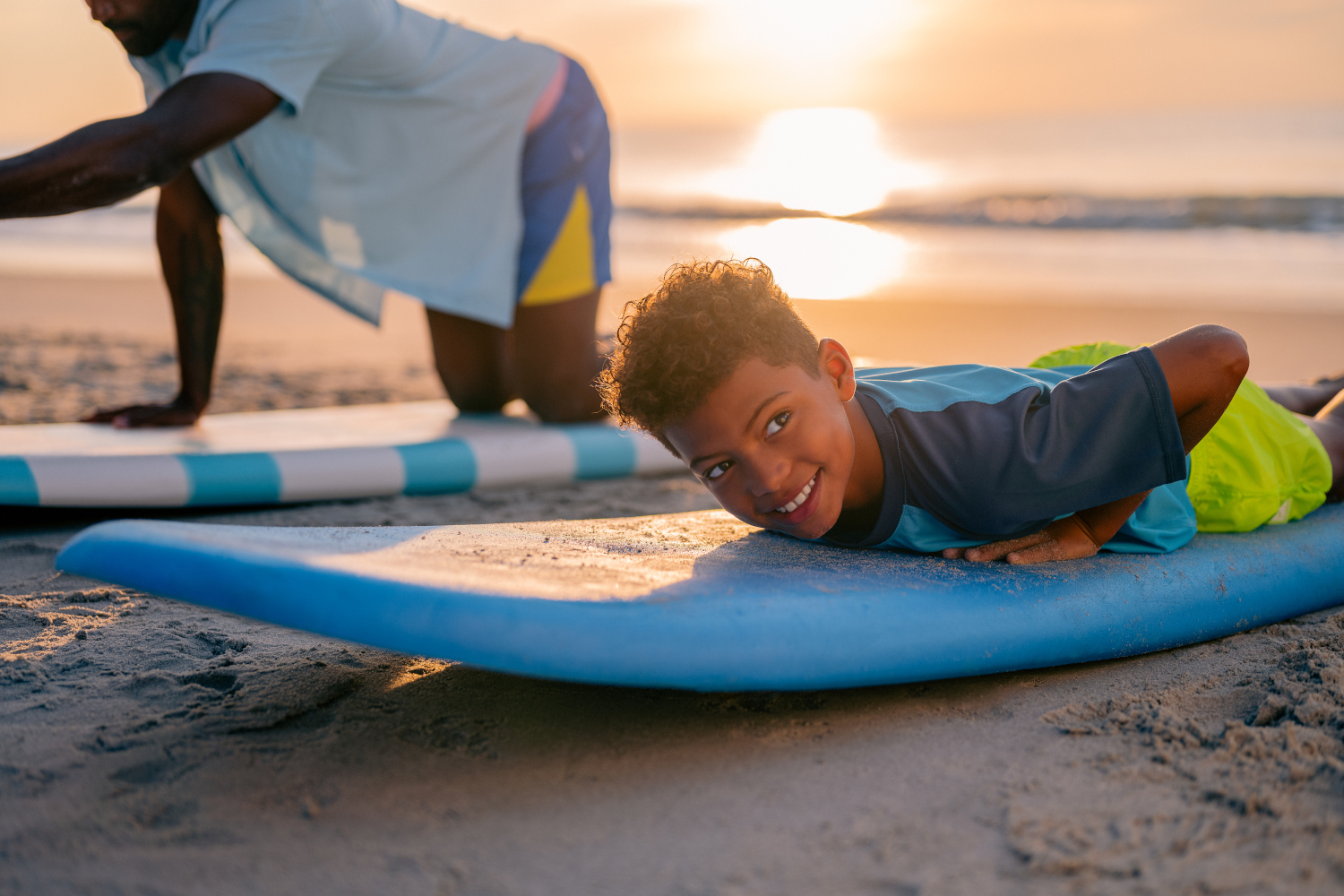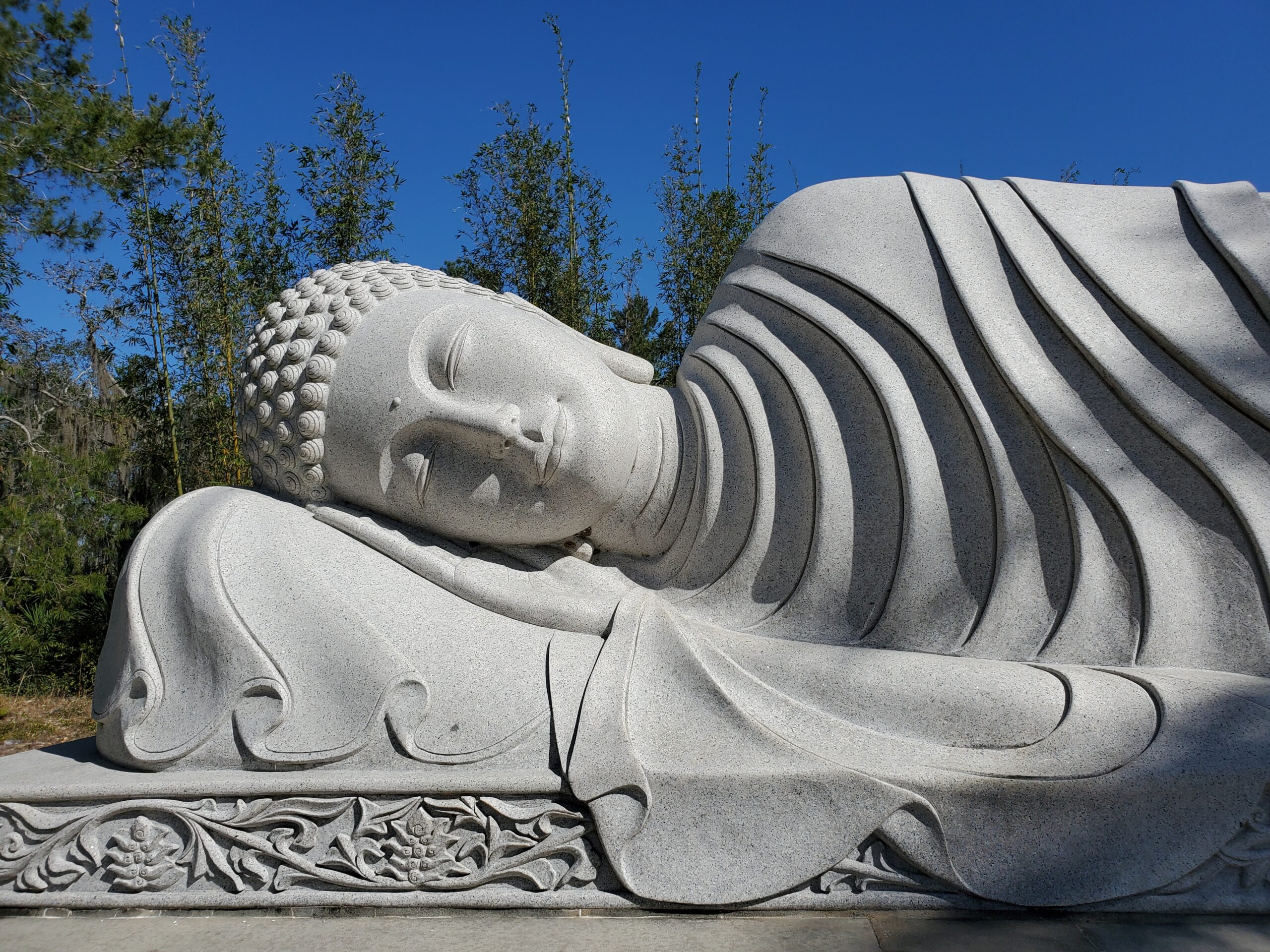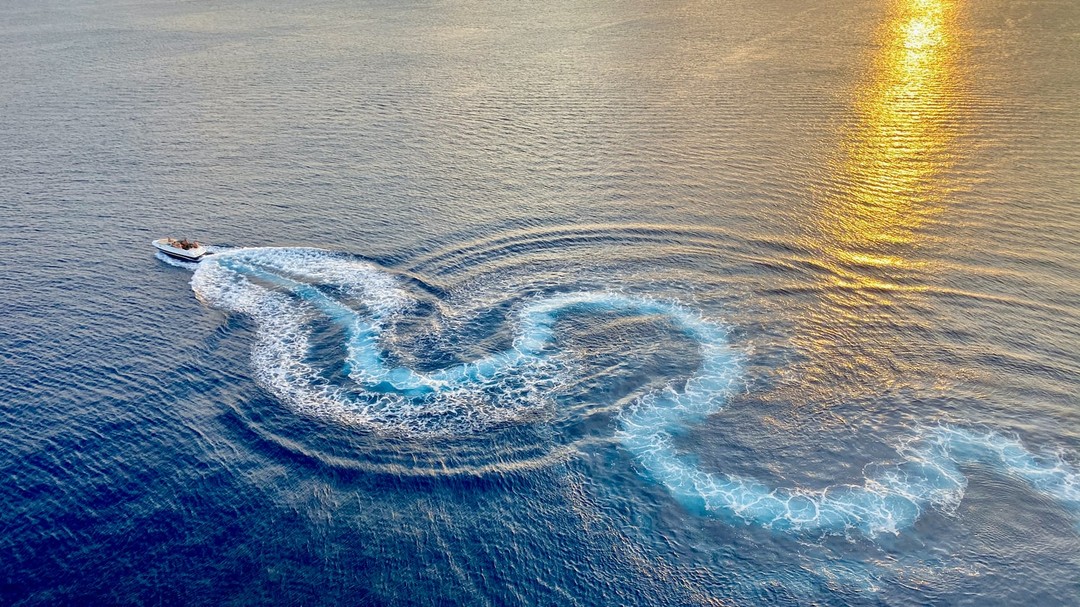Spot Seashells by the Sea Shore!
Shelling on the Space Coast is an activity that can be enjoyed by all! No matter if you’re just picking up the ones that catch your eye or searching for the perfect shell for your collection, a day spent sifting through the sand for a free souvenir is never spent in vain. But what are these magnificent mollusks you’re finding? Check out the first of our handy Space Coast Seashell Guide to learn a little bit more about the shells your finding!
Florida’s seashells are like snowflakes…no two are identical; they are all intricately created by the creatures that once inhabited them, and what might “wash up” along the shore one day, could be completely different the next. In fact, that is “part of the allure and attraction” of this affordable and fascinating activity.
The types of shells that can be found fluctuate and have many varying factors that range from time of year, water temperature, and even different currents that determine the kind of shells you may discover. And although the selection of shells along the Space Coast is ever-changing, the best times to find them remain the same:
- After a storm
This is when shrouded shells get tousled about in the water and tossed along the shore, exposing what was once hidden.
- In the morning
This is mostly because tides are typically low, which is ideal for a larger amount of shells uncovered. Also, the shoreline has been void of beachcombers for some time. As the saying goes, the early bird gets the unbroken shells – or something like that.
When it comes to shelling, tides typically are the main factor in determining the kind of shells, and how many, you might find. Both high and low tides yield a harvest of shells to happen upon. Paying attention to moon cycles will help aid in your pursuit. A new or full moon will cause the most dramatic tides, which will produce the most shells. For charting tides, check out a great resource here.
So, what are the kinds of seashells you can find along the Space Coast? There are countless varieties and we’ll continue to chronicle them in supplements to this guide, but here are some classics to keep your eyes peeled for:
Slipper Snails
This sea snail has a rounded, arched shell. On the inside there is a white “deck” area, which causes the shell to resemble a boat or a slipper, hence its name. There is variability in the shape of the shell, and some shells are more arched than others.
Fun fact: Groups of individual slipper snails are often found heaped up and fastened together, with the larger, older females below and the smaller, younger males on top. As a heap grows, the males turn into females (making them sequential hermaphrodites). Interesting isn’t it?
Shark’s Eye
The shell has a flattened globular shape. Its color is variable but is often a greyish brown. A distinguishing feature is that the central point of the shell is often a dark blue color in fresh shells, which can make it somewhat resemble an eye as its name indicates.
Fun Fact: The shark’s eye is a species of predatory sea snail and feeds mainly on bivalves buried in the sand. This snail drills a neat circular hole through the shell of its prey species, and then feeds on the soft tissue within.
Whelks
Whelk is a common name that is applied to various kinds of sea snail. They have a spiraled shell, and vary in size, shape, and color. The size can vary from under an inch in length to more than 2 feet, which is pretty impressive.
Fun Fact: If you ever wondered how this creature is able to dig and breathe under water, then here is your answer. Whelks have a tube-like organ called a siphon, and that utilizes oxygenated water, so digging and breathing can happen at the same time… Fascinating!
Olive Shells
Known as some of the fastest burrowers among snails, these creatures produce shells that are oval and have a cylinder shape, barring a resemblance to what they are named after. They’re often shiny and smooth in texture and display various muted but attractive colors; sometimes they can even be patterned.
Fun Fact: If you like wearing the color purple, it is very likely the dye used came from the Olive snail, as they secrete mucus similar to that of the Muricidae, the type of rock snails that purple dye can be made out of.
Scallops
The term “scallop” is common name that is primarily applied to any one of numerous species of saltwater clams and some versions of thorny Oysters. Their symmetrical, brightly colored, fan-like shell will typically have fluted ornamentation, which has made this a sought-after shell throughout history.
Fun Fact: Scallops are well prepared to preserve their lives from predators. They have a well-developed nervous system, with a ring of numerous eyes around the edge of their mantels to look out. Additionally, when sensing a predator, scallops can swiftly swim using jet-like propulsion by repeatedly clapping their shells together. Fight or flight is in full effect with these mollusks.
Jingle Shells
Also called saddled oysters or mermaid’s toenails, these clams produce a shell that is thin and translucent with pearl-like interior. They make a jingling sound when shaken together, hence the name Jingle shell.
Fun Fact: Outside of decorative items like lampshades, chimes, and jewelry, these shells can also be manufactured into parts of glue, chalk, paint, and shellac. What a versatile little shell.
So, whether observing these shells in their natural habitat or building a collection of your own to admire at home, shelling on the Space Coast is a must.
- What is Shelling? Royalshell.com. https://www.royalshell.com/best-vacations/things-to-do/what-is-shelling/ Accessed June 14, 2020
- Florida Shell guide. whitesandsbeachresort.com. https://www.whitesandsbeachresort.com/florida-shell-guide Accessed June 14, 2020
- When is the Best Time to Find Seashells in Florida? Handy Shelling Tips. sanddollarshelling.com.
https://sanddollarshelling.com/shelling/best-time-to-find-seashells/ Accessed June 14, 2020
- Common Slipper Snail. en.wikipedia.org. https://en.wikipedia.org/wiki/Common_slipper_shell Accessed June 15, 2020
- Neverita Duplicata. en.wikipedia.org. https://en.wikipedia.org/wiki/Neverita_duplicata Accessed June 15, 2020
- Whelk Facts and Interesting Information. Thoughtco.com. https://www.thoughtco.com/whelk-profile-2291403 Accessed June 15, 2020
- Olive Snail. en.wikipedia.org. https://en.wikipedia.org/wiki/Olive_snail Accessed June 16, 2020
- Scallop. en.wikipedia.org. https://en.wikipedia.org/wiki/Scallop Accessed June 16, 2020
- Anomiidae. en.wikipedia.org. https://en.wikipedia.org/wiki/Anomiidae Accessed June 16, 2020

